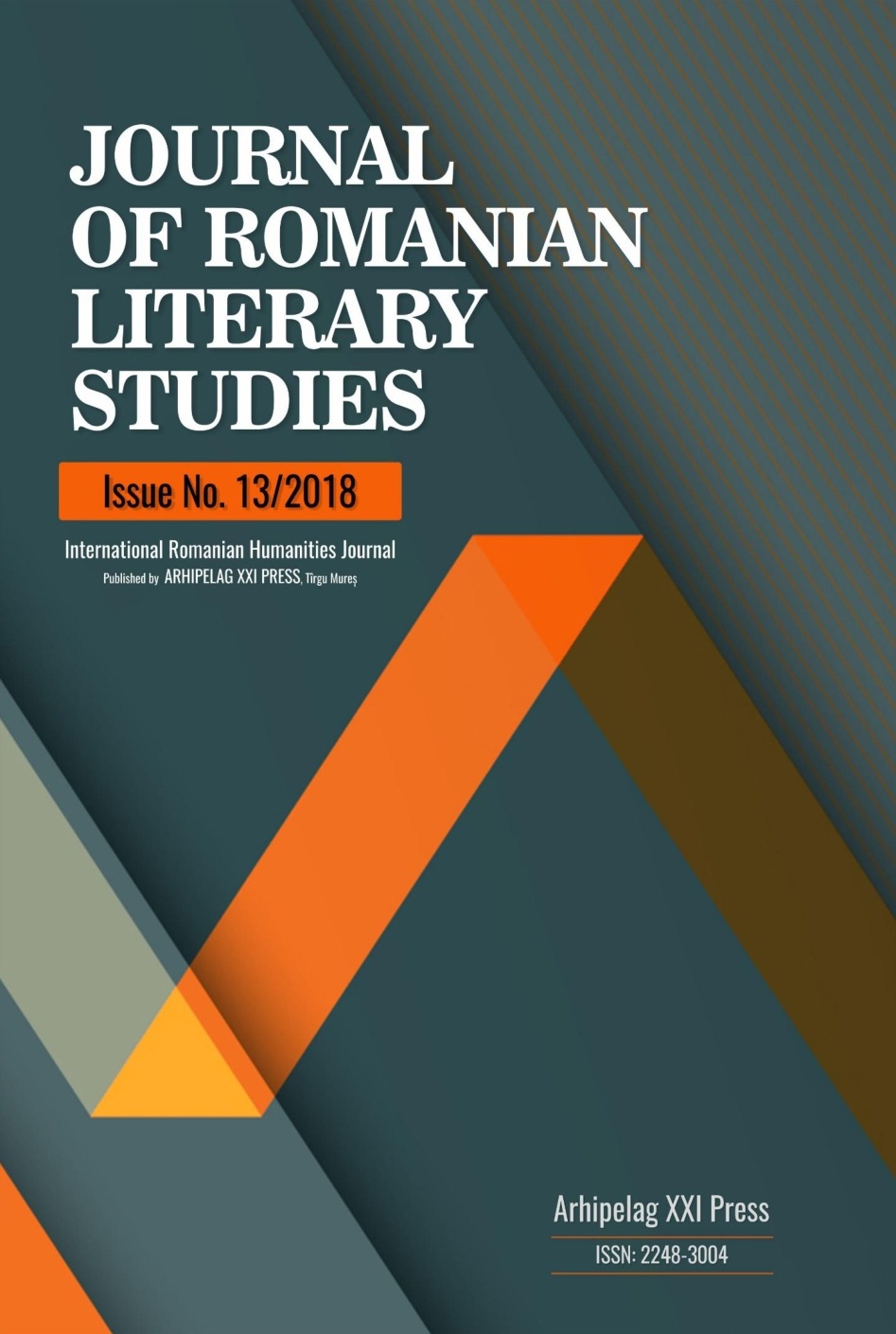CHARLOTTE BRONTË’S ‘ROCHESTER’ PORTRAYED AS ‘CUPID/EROS’: THE BLENDING OF PAGAN AND CHRISTIAN IMAGERY IN JANE EYRE’S VICTORIAN SPIRITUALITY
CHARLOTTE BRONTË’S ‘ROCHESTER’ PORTRAYED AS ‘CUPID/EROS’: THE BLENDING OF PAGAN AND CHRISTIAN IMAGERY IN JANE EYRE’S VICTORIAN SPIRITUALITY
Author(s): Maria-Viorica ArnăutuSubject(s): Christian Theology and Religion, Studies of Literature, 19th Century, Theory of Literature
Published by: Editura Arhipelag XXI
Keywords: Cupid; Eros; Rochester; Christianized story;
Summary/Abstract: In Cupid and Psyche, the male protagonist rebels against his mother's (Venus') domineering behaviour and immoral conduct. Similarly, in Brontë's Christianized story, Rochester struggles to dissociate himself from morally wrong states of mind: lust, drunkenness and irrationality. His halfman, half-beast association with the pagan and faery world of Beauty and the Beast also links his character with the 'serpent' that Psyche is supposed to marry at the beginning of her tale. Moreover, Cupid is armed with a lyre in the same manner in which Rochester has his piano. His intelligence and education lean towards art, music, opera, ballet, poetry, drama, literature and painting, which illustrates the vital connection between erotic and artistic activity ‒ a connection that Rochester shares with Eros himself. Furthermore, the arrows of Cupid are a personification of the sun mirrored by the penetrating gaze of Rochester: 'He [Rochester] searched my face [Jane's] with eyes that I saw were dark, irate and piercing.'
Journal: Journal of Romanian Literary Studies
- Issue Year: 2018
- Issue No: 13
- Page Range: 760-762
- Page Count: 3
- Language: English

